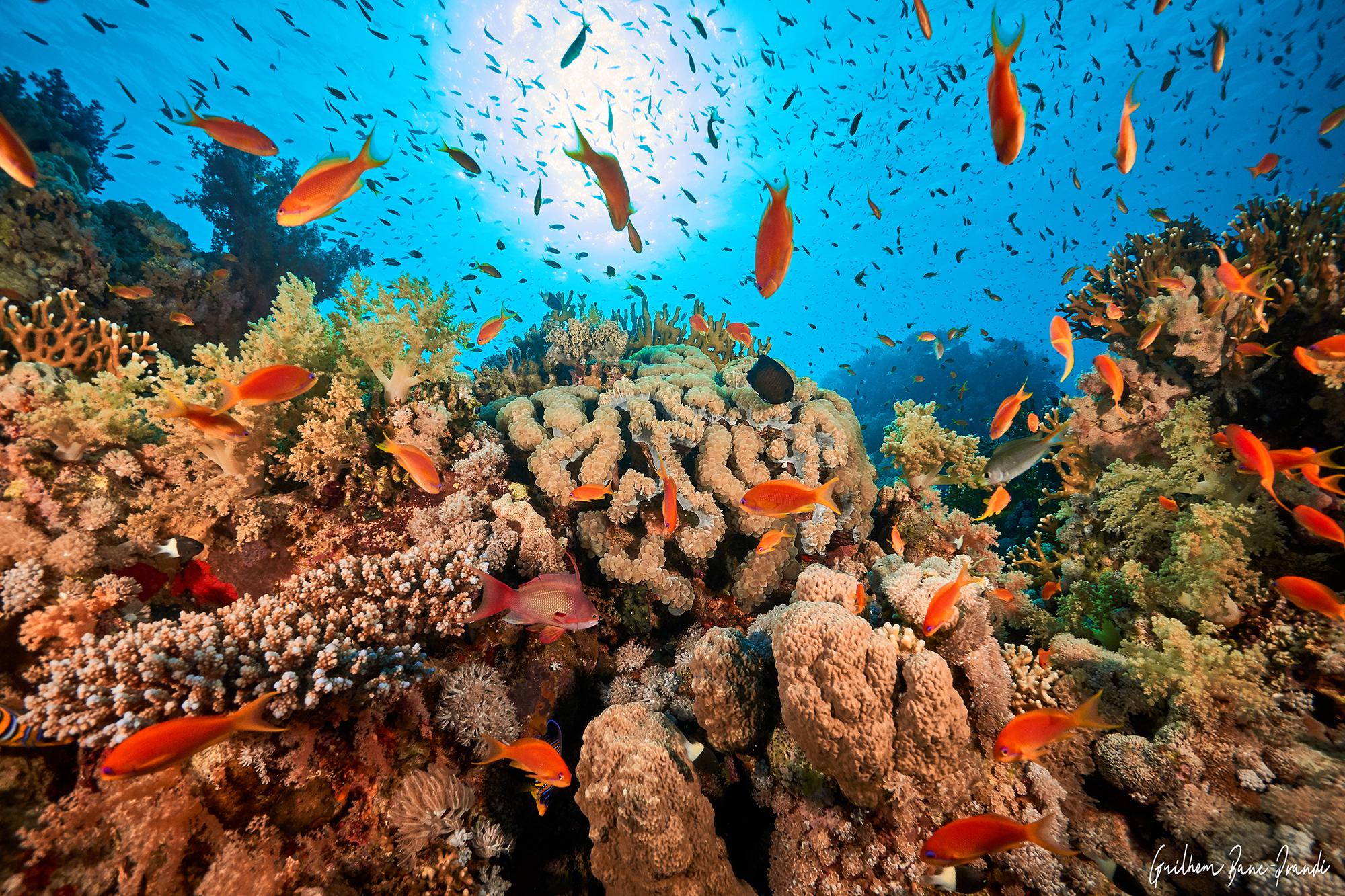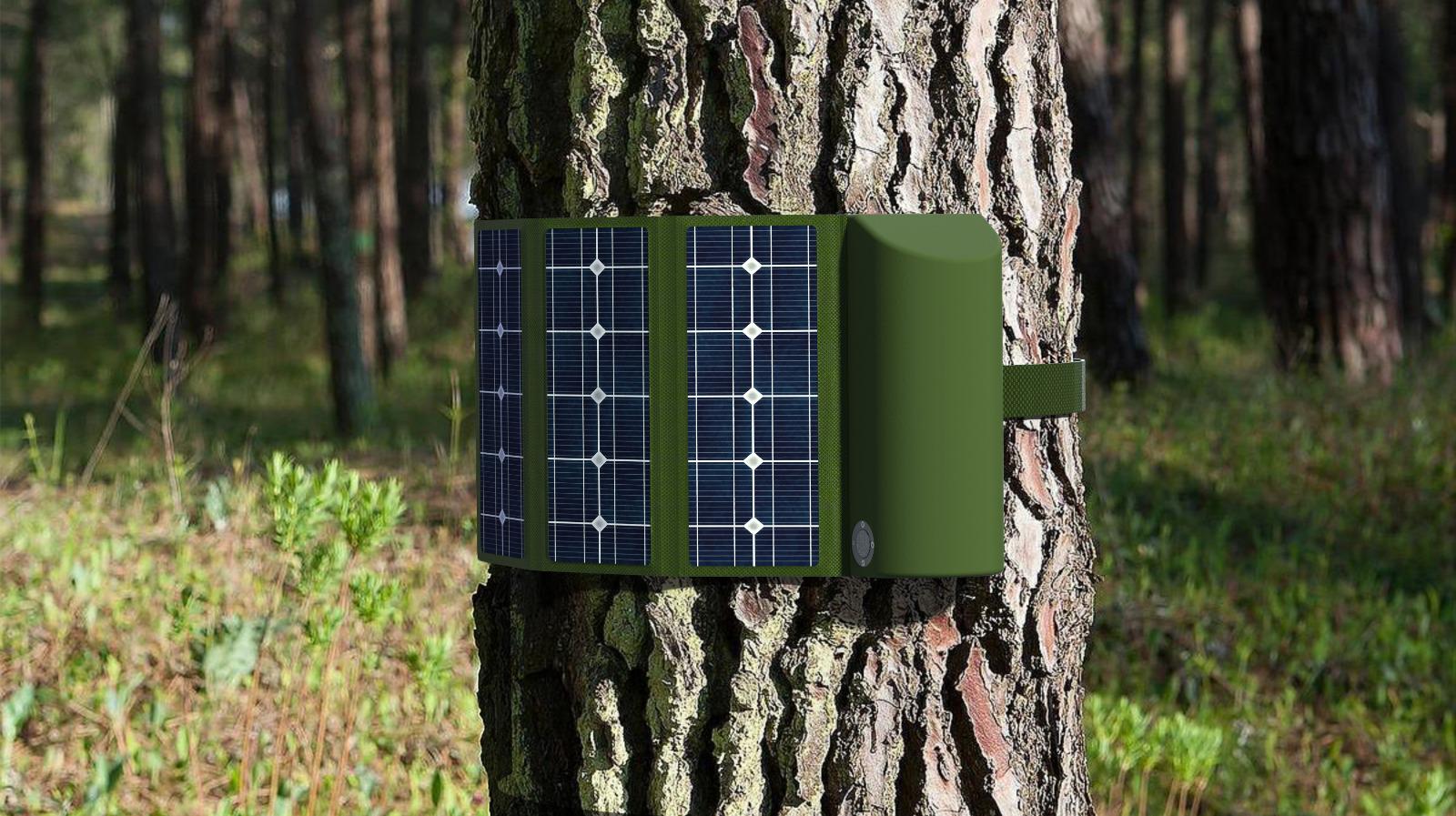Scientists monitor wildlife to boost preservation efforts
Everywhere you look, biodiversity is under threat. According to the World Wildlife Fund (WWF), wildlife populations have plummeted by 69% since 1970. Species extinction is unfolding at more than 1,000 times the natural rate. The percentages of species threatened with extinction are chilling: 40% for plants, 41% for amphibians, 27% for mammals and 13% for birds. While climate change and a growing demand for energy are unlikely to reverse this trend, technological progress and scientific research could help mitigate its effects.
Introduced by the United Nations ten years ago, World Wildlife Day celebrates the adoption of the Convention on International Trade in Endangered Species of Wild Fauna and Flora (CITES) on 3 March 1973. To mark this occasion, we decided to spotlight EPFL research groups that are developing systems to identify, monitor and preserve wildlife.
Tracking fauna with an eye in the sky
Humming high off the ground, drones have become a popular method for tracking and cataloging wildlife populations from afar. A case in point is in the Kuzikus Wildlife Reserve in Namibia, where Devis Tuia and his group recently kicked off the latest in a series of projects to refine the AI-powered computer-vision software that autonomously extracts information from drone images.
Prof. Tuia, who heads EPFL’s Environmental Computational Science and Earth Observation Laboratory (ECEO), was instrumental in bringing together scientists from universities, businesses and NGOs working at the nexus of conservation ecology, drone technology and computer vision. Together they created the WildDrone network, an international initiative aiming to revolutionize wildlife conservation through the use of drone technology. The initiative involves ten PhD projects funded by the Marie Skłodowska-Curie Actions Doctoral Networks program, two funded by UK Research and Innovation (UKRI) and one funded by the Swiss State Secretariat for Education, Research and Innovation (SERI).

In the Kuzikus Wildlife Reserve in Namibia, reserachers assess animal populations through the use of AI-based software. ©Friedrich Reinhard
“Drones really changed the game in wildlife monitoring,” says Tuia. “Not only do they let you cover more ground than a helicopter, for example, but they’re also cheaper, safer and more easily scalable.” In addition to counting animal populations every few months, drones equipped with AI-powered computer vision can also be deployed when needed and deliver actionable insights in near real-time.
However, there’s still room for improvement. “Today, we can create AI models that perform well in one setting, like a wildlife reserve – but not so well in another one or even in the same one at a different time of year,” says Tuia. The work his research group is doing under the WildDrone initiative seeks to tackle this problem.
The Kuzikus project is just one of several wildlife conservation projects that Tuia’s research group is conducting to assess animal populations through the use of AI-based software. For instance, they applied their AI technology in conjunction with drones to monitor the population of coastal sea birds like the African Royal Tern. And closer to home, their software is shedding light on the interactions among wildlife species in the Swiss National Park.
“Our dream,” says Tuia, “is to be able to monitor animals without harming or disturbing them, and to give rangers the real-time data they need to do their job of protecting wildlife. Maybe in a few years, we’ll be able to go even further and support decision-makers with the information required to design better policies and reduce conflict.”

Several EPFL laboratories are working to pinpoint what makes Red Sea corals so resilient to global warming and pollution. ©Guilhem Banc-Prandi
Taking care of coral reefs
Half of the world’s coral reefs have already been destroyed, taking with them not only their fascinating colors but also the ecosystems that had evolved around them. The disappearance of coral reefs is affecting everything from single-cell algae to coastal fishing communities. Several EPFL labs are studying ways to preserve coral reefs. For example, they are working with the EPFL’s Transnational Red Sea Center on a project to pinpoint what makes Red Sea corals so resilient to global warming and pollution. By exposing these corals to warmer temperatures and observing their adaptive response, the Laboratory for Biological Geochemistry (LGB), headed by Anders Meibom, is gaining a better understanding of the mechanisms behind their resistance. Meanwhile, ECEO is using a simple GoPro camera to map large areas of shallow coral reefs. The data are then run through an AI program to identify the reefs’ composition and degree of deterioration, along with any waste present. And scientists at GEOME – formerly the Laboratory of Geographic Information Systems (LASIG) and now part of LGB – are using satellite data to better understand and predict the adaptive capacity of corals by combining genomic information with environmental readings (such as temperature and water currents). Their approach is called environmental genomics, and it’s already been used in similar GEOME projects in the southern Pacific and on land to study the adaptive capacity of indigenous species in Uganda, Morocco and several European countries.
Tracking animal behaviour
On a smaller scale, scientists are studying the behaviour of animals in order to better protect them. One key method employed in quantifying animal behavior is “pose estimation,” or the use of a computer program to identify the pose (position and orientation) of various parts of an animal’s body. Pose estimation is done in laboratories by placing markers on an animal, but when it comes to wild species in the savanna or on an icecap, the method is impossible to implement. EPFL professors Alexander Mathis and Mackenzie Mathis have therefore developed a program that uses “markerless” tracking for animals. Called DeepLabCut, their software runs deep learning algorithms to teach computers to recognize parts of an animal without relying on physical or virtual markers.

Smart Microphone that can record animal sounds and, with the help of AI, recognize them. ©Olivier Stähli
While some animal species are disappearing, others are proliferating rapidly. Wolves are one such example, including in Switzerland, where they’re a real nuisance for animal breeders. To address this problem, two EPFL students – Miya Ferrisse and Olivier Stähli – have developed a device called a Smart Microphone that can record animal sounds and, with the help of AI, recognize them. The system has been tested successfully on wolves in the Swiss Alps and elephants in South Africa. Once it locates a wild animal, the device sends a real-time alert to a smartphone so that wildlife rangers can respond immediately. The goal of the new technology is to support wildlife preservation efforts and enable humans and animals to coexist more peacefully. Ferrisse, Stähli and two other Swiss university students have created a startup called Synature to further develop and market their device.
